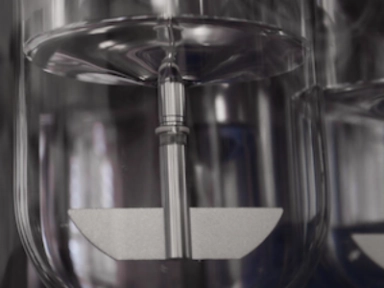Real-life safety and efficacy of Alirocumab - Odyssey apprise study
Safety and efficacy of alirocumab in patients with Hypercholesterolemia and high cardiovascular risk in a real-life setting.
Main Takeaway
-
In high-risk patients with severe hypercholesterolemia receiving maximum tolerated dose (MTD) of statins ± lipid-lowering therapies (LLTs):
- Add-on therapy with alirocumab was shown to be generally well tolerated, with the incidence of treatment-emergent adverse events (TEAEs) being similar to those reported in previous trials.
- Treatment with alirocumab reduced low-density lipoprotein cholesterol (LDL-C) levels by over 50% from baseline to Week 12; this was sustained throughout the treatment duration (up to 2 years)
Why This Matters
-
Familial hypercholesterolemia (FH) is associated with increased cardiovascular (CV) risk.
- In clinical practice, despite MTD therapy (with or without ezetimibe), many patients with heterozygous FH (HeFH) fail to attain guideline-recommended LDL-C goals without additional LLTs. Statin intolerance remains a concern in some patients, and discontinuation of statin therapy may cause an increase in CV events
Study Design
-
Odyssey apprise (NCT02476006), a real-life European/Canadian, prospective, single-arm, phase 3b, open-label study, duration ≥12 weeks to ≤30 months, evaluated the safety and efficacy of alirocumab (subcutaneous dosing regimen: 75 or 150 mg every 2 weeks, dose adjustment allowed at investigator’s discretion)
- Alirocumab was administered on top of background MTD statin (rosuvastatin 20 or 40 mg/day, atorvastatin 40 or 80 mg/day, or simvastatin 80 mg/day) ± other LLTs
- Eligibility criteria: Patients aged ≥18 years, with HeFH or with non-familial hypercholesterolemia and established coronary heart disease (CHD) or a CHD risk equivalent, and with hypercholesterolemia not adequately controlled with MTD ± LLT
- Primary endpoint: To assess safety parameters including treatment-emergent adverse events (TEAEs) and treatment-emergent serious adverse events (TESAEs)
- Main secondary (efficacy) endpoint: The percent change in calculated LDL-C from baseline to Week 12
Key Results
Safety
- Overall, 994 patients were enrolled and treated, with a mean duration of alirocumab exposure [SD] = 72.4 [42.5] weeks
- Primary endpoint: TEAEs were reported in 712/994 patients
- Four deaths were reported during the on-study period: 2 were during the TEAE period but were not considered as related to alirocumab. Three additional deaths occurred post-study
- 45/994 patients permanently discontinued treatment due to a TEAE
- 161/994 patients developed TESAEs; 9/994 patients were considered to have TESAEs related to alirocumab
- 34/994 patients had TEAEs corresponding to AEs of special interest
Efficacy
-
Secondary endpoint: Mean (SD) LDL-C level decreased by 2.6 (1.2) mmol/L from baseline to Week 12 (54.8%; modified intention-to-treat population). This reduction was maintained throughout the study duration
Limitations
-
The study lacked a comparative control and a treatment bias may exist owing to the open-label design
- Limited applicability of the study findings to other patient populations
- Data on new-onset diabetes and changes in lipoprotein(a) levels were missing
- Gaudet D, López-Sendón JL, Averna M, Bigot G, Banach M, Letierce A, et al. Safety and efficacy of alirocumab in a real-life setting: the Odyssey apprise study. Eur J Prev Cardiol. 2020:zwaa097. doi: 10.1093/eurjpc/zwaa097. Epub ahead of print. PMID: 33624041.




